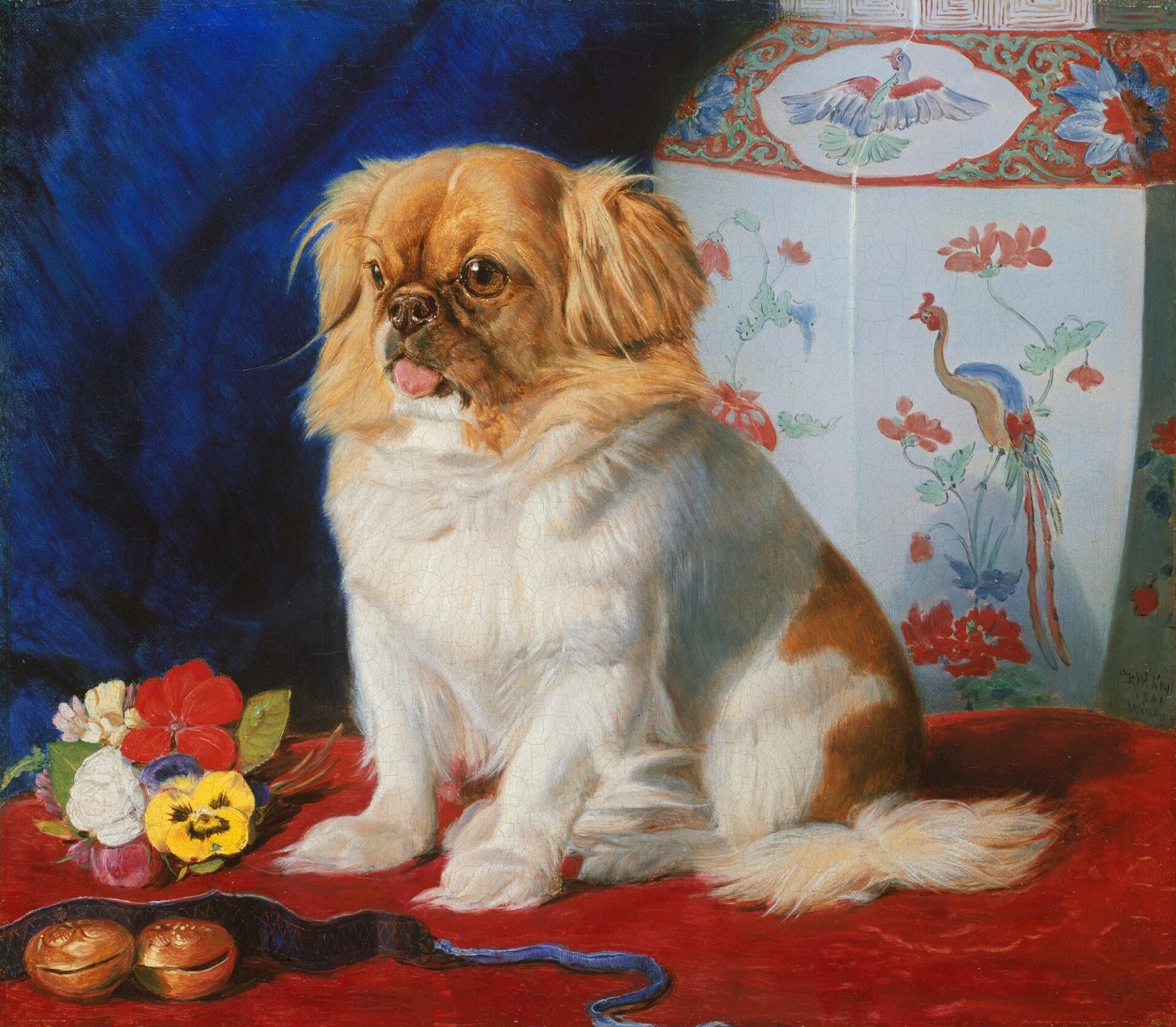The British Museum currently hosts a captivating exhibition, “China’s Hidden Century (1796-1912)”, that celebrates China’s vibrant and often overlooked history. This must-see exhibition, which runs until October 8, unveils a rich tapestry of Chinese artifacts ranging from brightly colored textiles, intricately decorated fans, ceramics, silverware, and early moving pictures.
An exhibit of immense historical importance in the exhibition is the original Treaty of Nanking, housed in a small, glass-fronted cabinet. Signed in 1842, this treaty concluded the first opium war, marking a turning point in China’s international relations. It forced China to open several of its ports to foreign trade, mandated an indemnity payment to the British, and most notably, resulted in the cession of Hong Kong to British rule.
Despite its title of “China’s Hidden Century”, the exhibit brings to the fore a period that has significantly shaped Hong Kong’s history and identity. Its cultural and historical footprint pervades everyday life, evident in places like Pottinger Street in Central Hong Kong. While the impact of this century may be hidden in British educational curricula, its presence in Hong Kong is palpable.
Julia Lovell, a professor of modern China at London University’s Birkbeck College, an academic partner of the exhibition, mentions the struggle behind choosing the title. The exhibition aims to illuminate the less-known aspects of China’s tumultuous 19th century in Britain, focusing on foreign interference, civil wars, and dynastic decline that precipitated the fall of the Qing dynasty. Despite the era’s general deterioration, it was also a time of innovation and advancement in areas such as engineering, technology, society, and the arts, often overshadowed or forgotten.
The exhibition’s curator, Jessica Harrison-Hall, underscores the period’s remarkable advancements like modern banking, railways, ironclad gunboats, steamships, photography, medicines, and art forms. The exhibition also emphasizes the Victorian connection to China, an aspect little understood or appreciated in Britain. Queen Victoria’s reign intertwined closely with Britain’s relations with China during this time, providing a backbone for the narratives explored in the exhibition.
The exhibition features emblematic shadow images designed by students from the London College of Fashion, representing key characters and themes. These images include influential figures like the Manchu woman of the imperial household, Guangzhou comprador Mouqua, Empress Dowager Cixi, and artist Ren Xiong.
Key among these images is the portrait of Lady Li, wife of Guangzhou businessman, Lu Xifu. This striking portrait stands out for its realistic depiction of Lady Li, a shift from the traditional art forms due to the advent of photography. As a Guangzhou woman who lived through much of the “hidden” century, she embodies the era’s transformation in both societal norms and technological advancements.
The British Museum’s exhibition also delves into Britain’s imperial past, the opium trade, and repeated interferences in China. However, it also highlights points of contact, cultural and technological exchange, and China’s interactions, both adversarial and curious, with the world. Despite being a century of European, Japanese, and American imperial impositions on China, it also saw many Chinese venturing abroad for education or fortune.
The curators have sourced about 300 items from a preliminary list of approximately 3,000. The items range from private collections to smaller regional museums, galleries, and even the British Museum’s own collection. Each artifact offers a unique insight into the life and times of China’s long, transformative 19th century, making the exhibition an enlightening experience for both newcomers and those more acquainted with Chinese history.
READ MORE:
